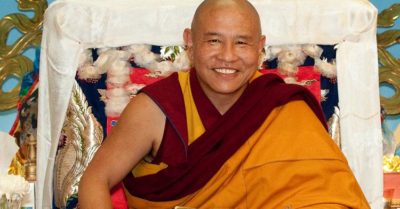
His Holiness the Dalai Lama preparing the Kalachakra Mandala
Dr. Alexander Berzin: Overview of Kalachakra
The word kalachakra means cycles of time, and the Kalachakra system presents three such cycles – external, internal and alternative. The external and internal cycles deal with time as we normally know it, while the alternative cycles are practices for gaining liberation from these two. The structures of the external and internal cycles are analogous, similar to the parallel between macrocosm and microcosm discussed in Western philosophy. This means that the same laws that govern a universe also pertain to atoms, the body and our experience of life. The practices of the alternative cycles also follow this structure so as to allow us to engage with and surmount these forces in an efficient manner. Such mimicking is, in fact, one of the distinguishing features of the anuttarayoga tantra method. Continue reading

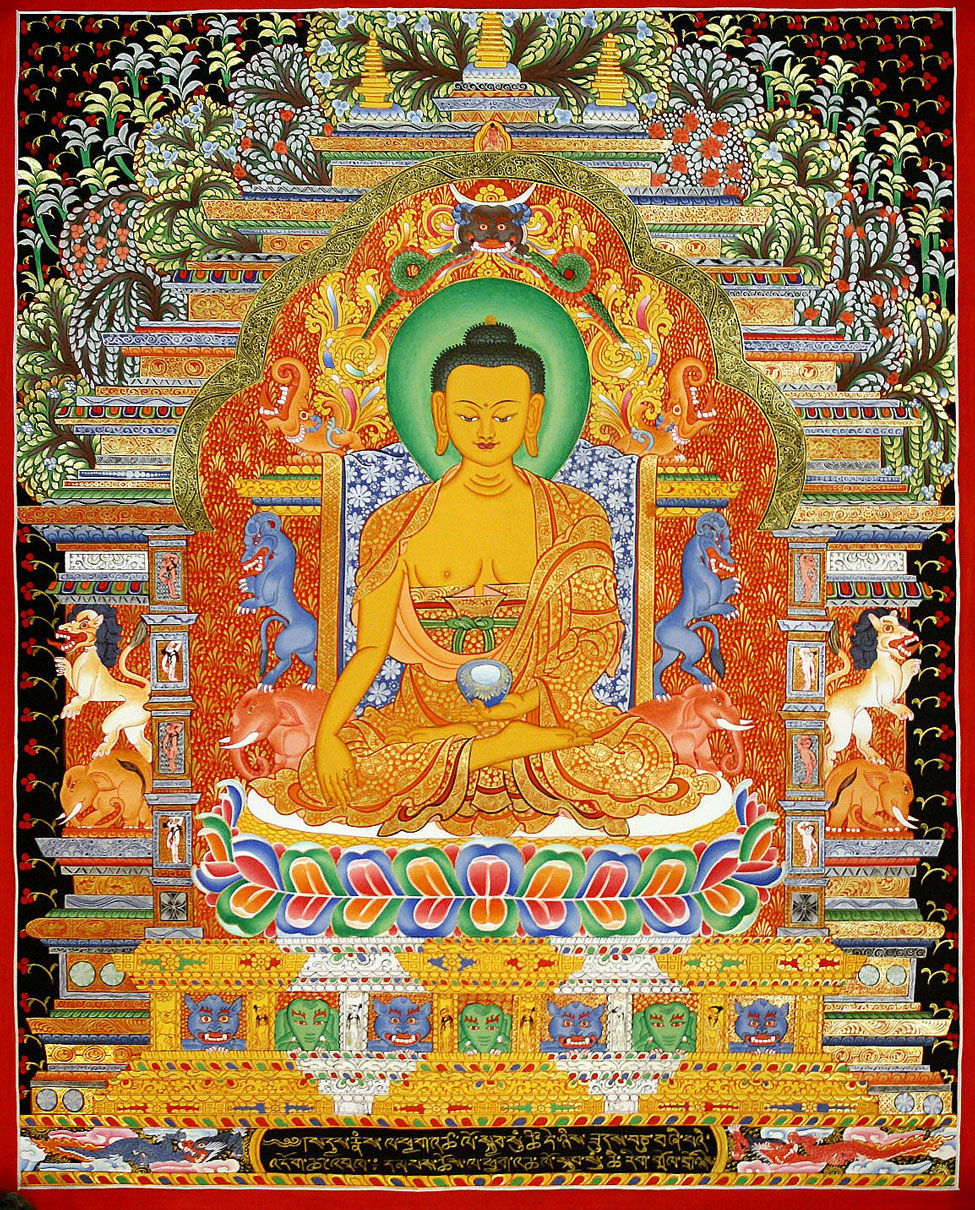
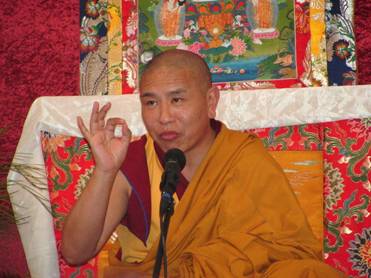
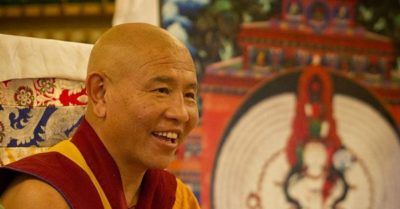
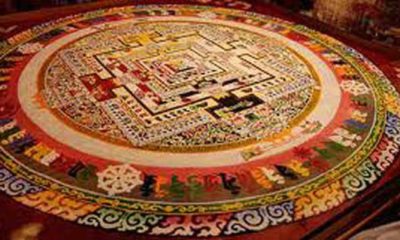
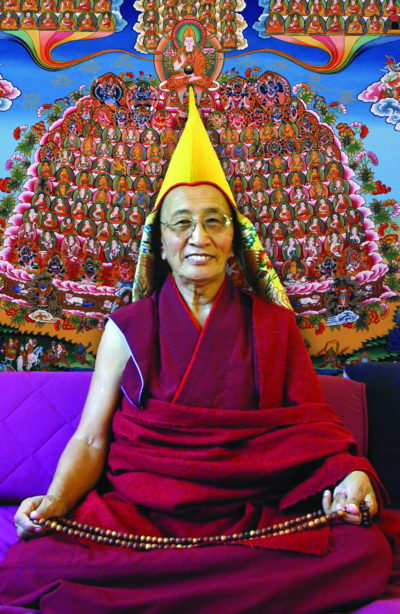
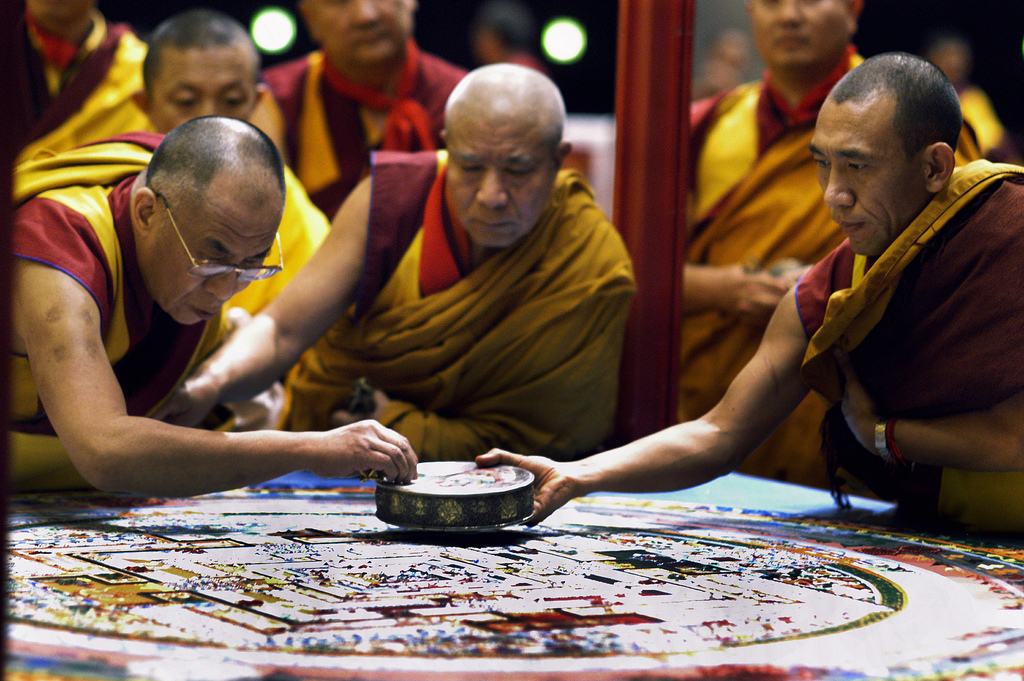
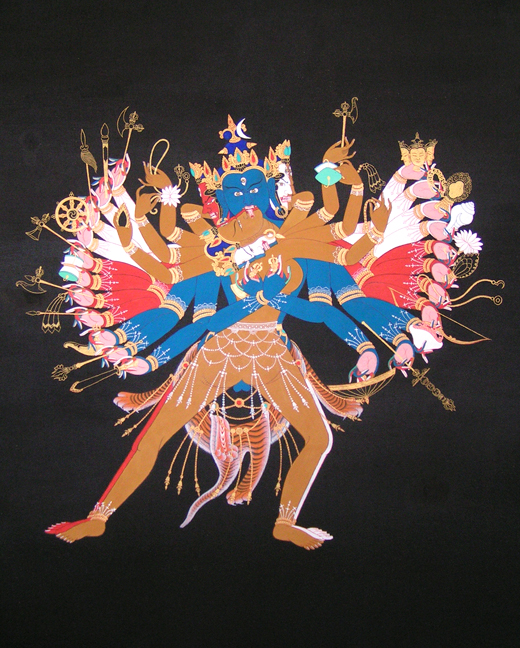 Building up the correct motivation
Building up the correct motivation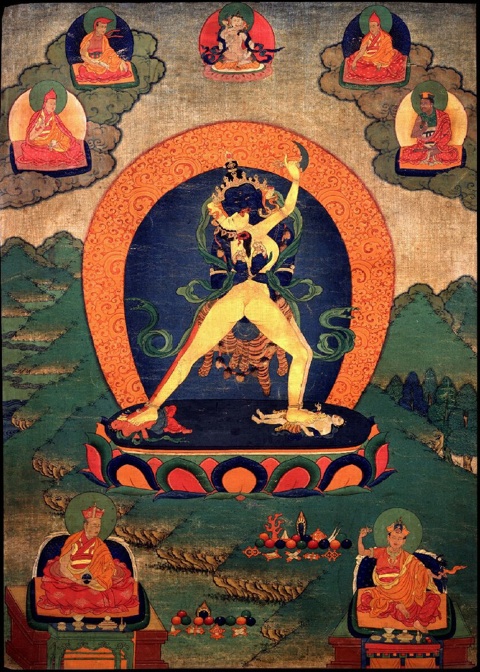 DEITIES
DEITIES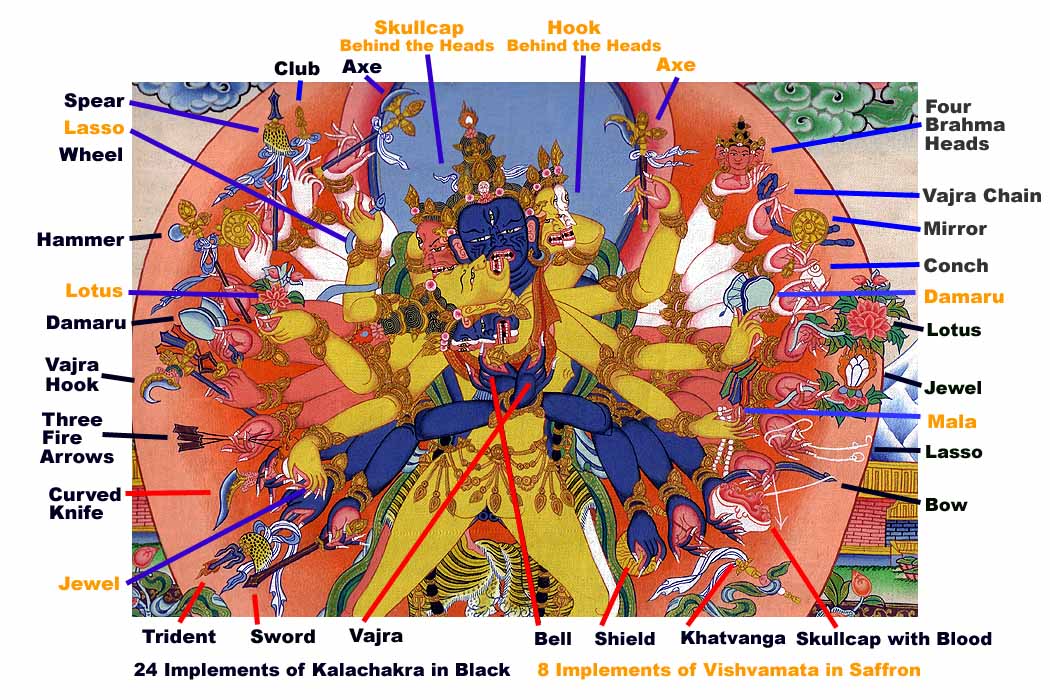
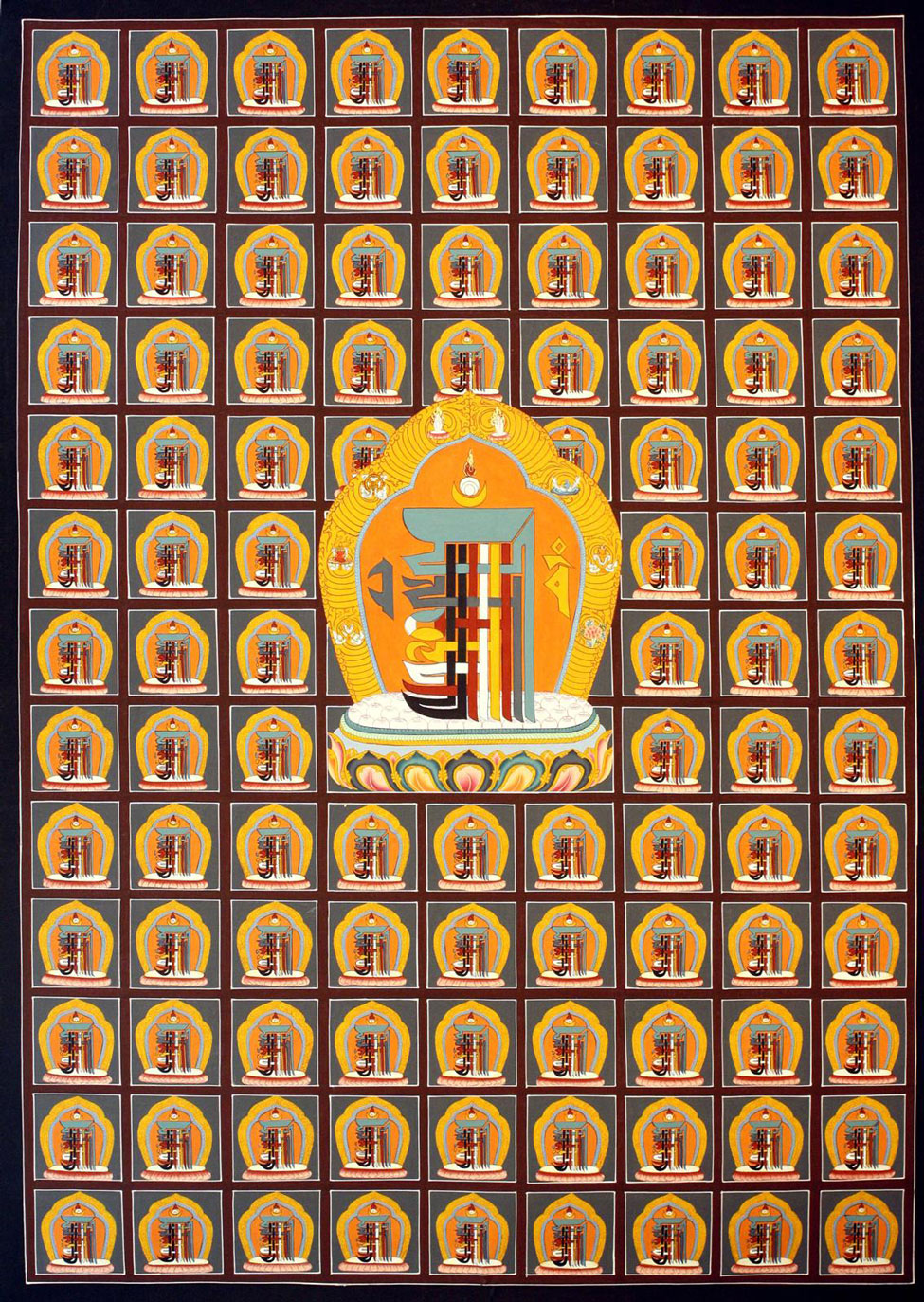 The disciples are instructed to sleep on their right sides, with the kusha grass under their mattresses and pillows, as explained before, and with their heads facing the mandala. Even if their heads are not facing the mandala, they need to imagine that they are. They need to observe and remember the dreams they have at early morning, just as the sky begins to become light. In going to sleep, don’t allow the mind to be polluted by conceptuality; just be mindful of Kalachakra and, within that, think of the altruistic intention to become enlightened and the view of emptiness as much as you can. If you cannot do that, first cultivate faith and compassion and look straight forwardly at the mind itself.
The disciples are instructed to sleep on their right sides, with the kusha grass under their mattresses and pillows, as explained before, and with their heads facing the mandala. Even if their heads are not facing the mandala, they need to imagine that they are. They need to observe and remember the dreams they have at early morning, just as the sky begins to become light. In going to sleep, don’t allow the mind to be polluted by conceptuality; just be mindful of Kalachakra and, within that, think of the altruistic intention to become enlightened and the view of emptiness as much as you can. If you cannot do that, first cultivate faith and compassion and look straight forwardly at the mind itself.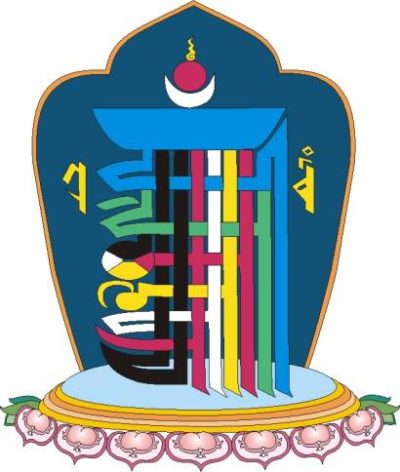 Vesna A.
Vesna A. 